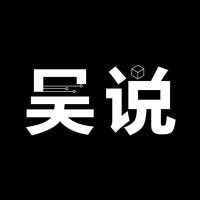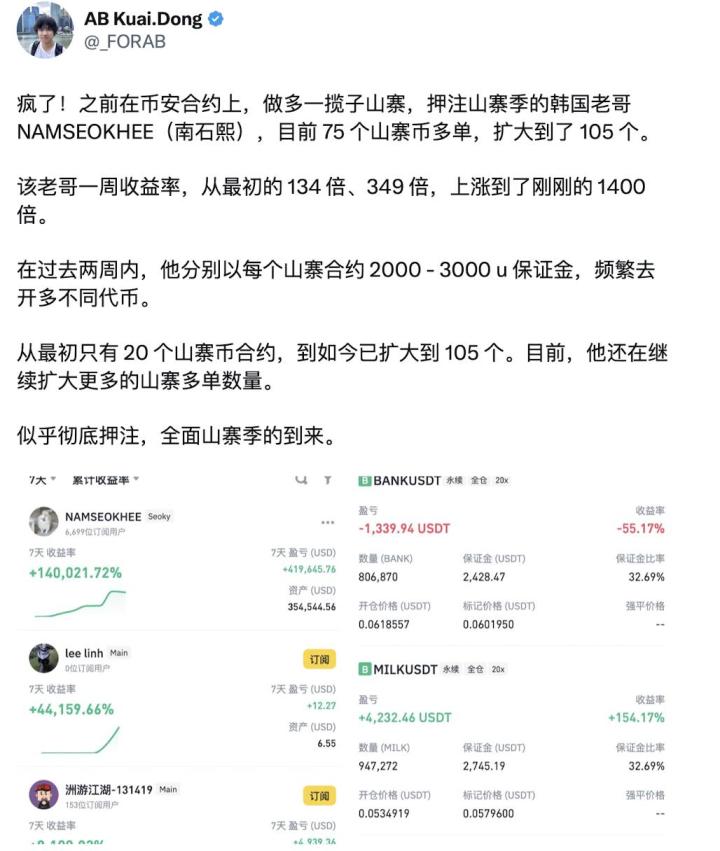Translated by | TechFlow
Key Points:
1. Stablecoins Become Core Infrastructure. Stablecoins, once driven by narratives, now demonstrate a clear product-market fit and are establishing their position as a core component of the digital economy.
2. AI Expectations Exceed Actual Development. Although AI was a significant conference theme (occupying 11% of the agenda), many attendees noted the growing gap between industry hype and actual implementation progress.
3. Industry Enters Structural Maturity Phase. The crypto industry is transitioning from a speculative "frontier era" to a phase focused on infrastructure development and practical use cases. Market demand for verified applications and clear value propositions is gradually surpassing expectations for conceptual innovation.
I. TOKEN2049: Strategic Weathervane for Web3 Market Direction

Source: Token2049
TOKEN2049 Dubai 2025 once again consolidated its position as a top global crypto industry conference, attracting over 15,000 participants from more than 160 countries. The two-day conference covered a series of high-level speeches and discussions, reflecting market dynamics and emerging trends.
As an important industry forum, TOKEN2049 is viewed as a barometer for the future direction and narrative shifts of the Web3 market. This report systematically reviews the main content of TOKEN2049 Dubai 2025, categorizes and deeply analyzes key announcements by core themes, and captures changes in ecosystem priorities, providing strategic insights to help interpret the industry's future potential directions.
[The translation continues in the same manner for the entire text, maintaining the specified translations for specific terms and preserving the original structure.]Industry participants are now shifting their focus from research to execution. Increasing efforts are concentrated on developing strategic market entry plans, understanding liquidity flows, establishing exchange relationships, and designing user-friendly token models. While technical excellence remains important, the ability to create meaningful value will be limited without an effective distribution strategy.
Market participants are increasingly concerned that short-term returns and immediate utility are taking priority over long-term innovation. In the current environment, execution capability trumps potential capability. The market has evolved into a competitive landscape where technology alone cannot ensure survival.
IV. Key Announcements
Tether — Launches New Compliant USD Stablecoin Initiative
Tether CEO Paolo Ardoino announced plans to launch a new USD stablecoin compliant with US regulations, different from the existing USDT, expected to be released between 2025 and 2026. This plan reflects Tether's ongoing efforts in regulatory engagement and includes discussions with US legislators.
OKX — Launches OKX Pay and Institutional Collaboration Program
OKX launched OKX Pay, a crypto payment app supporting user self-custody with zero transfer fees, enabling wallet recovery through split-key technology. Additionally, OKX disclosed multiple institutional collaborations, including a partnership with Standard Chartered Bank in Dubai's VARA regulatory sandbox, and previewed integrations with Mastercard and Stripe.
Zodia Custody — Enters UAE Market and Strengthens Regulatory Cooperation
Zodia announced the acquisition of Tungsten Custody to establish a regulated business base in the UAE. Simultaneously, Zodia revealed a new custody partnership with Bybit and jointly published a custody framework with Abu Dhabi regulators.
Mesh — Retail Crypto Payment Integration
Mesh demonstrated its new integration with Apple Pay, allowing users to pay with cryptocurrencies while merchants receive stablecoins. This feature, based on Mesh's "SmartFunding" solution, is planned for launch in Q2 2025, aiming to simplify crypto payment processes in retail environments.
World Liberty Financial and TRON — $2 Billion Stablecoin Investment
MGX Fund from Abu Dhabi completed a $2 billion investment in Binance through the stablecoin USD1. After the transaction, USD1 will be natively integrated into the TRON ecosystem.
MEXC Ventures — Launches Ecosystem Development Fund
MEXC Ventures announced a $300 million fund focusing on modular chains, ZK-rollups, and self-custody solutions. This move reflects renewed interest in infrastructure investment following the market downturn in 2022.
Lightspark — Bitcoin-Based Payment Infrastructure
Former PayPal executive David Marcus launched Spark, a native protocol based on the Bitcoin Lightning Network. The protocol aims to enable high-speed, low-cost payments, expanding Bitcoin's applications beyond "value storage".
These announcements align closely with TOKEN2049's themes. Stablecoins remain a core topic, as evidenced by Tether's compliance plan and the $2 billion stablecoin investment case. Infrastructure development is another key focus, with companies like OKX, Zodia, and MEXC making notable efforts in scalability, custody, and modular architecture.
Bitcoin's functional evolution is emphasized through Lightspark's Spark protocol, further driving discussions about Bitcoin's broader application potential. While AI occupied a significant portion of the speaking sessions, it was relatively inconspicuous in major announcements. Instead, the focus remained on practical deployment of payments, compliance, and institutional access, signaling the industry's continued transition from experimental to scaled implementation.
V. From Frontier to Urbanization Stage
This year's conference clearly demonstrated the crypto industry's transformation — from speculative enthusiasm to a focus on utility and infrastructure development. Three key directional themes emerged:
1. Stablecoins Transcend Narrative, Become Digital Economy Infrastructure
Stablecoins are no longer just a concept but have shown tangible product-market fit, gradually establishing their position as core infrastructure for the digital economy.
2. AI Excitement High, Market Sentiment Cautious
Despite AI receiving significant attention at the conference, many attendees noted that the market's enthusiasm is increasingly diverging from the actual maturity of AI technology.
3. Dubai Consolidates Web3 Regulatory and Capital Center Status
The UAE continues to play a leadership role in global Web3 expansion, with Dubai becoming a crucial regulatory and capital hub in this domain.
The conference did not introduce entirely new trend waves but emphasized further consolidation of existing narratives, particularly around AI, stablecoins, and real-world assets (RWA). The increased institutional participation and continuous refinement of regulatory frameworks indicate that the market is entering a new stage of structural transformation.
The idealistic experimental era is giving way to a phase of pragmatic execution. Just as the transition from frontier to urban economy was driven by transportation and distribution revolutions, the Web3 ecosystem is now entering a stage dependent on infrastructure development, system integration, and delivery capabilities.
Although the attention economy remains a significant factor, the market is no longer solely buying into conceptual innovations. Stakeholders now expect actual applications and clear value propositions. This shift marks a broader maturation of the entire ecosystem, paving the way for more stable, long-term development — one could say, the arrival of Web3's "urbanization" era.







